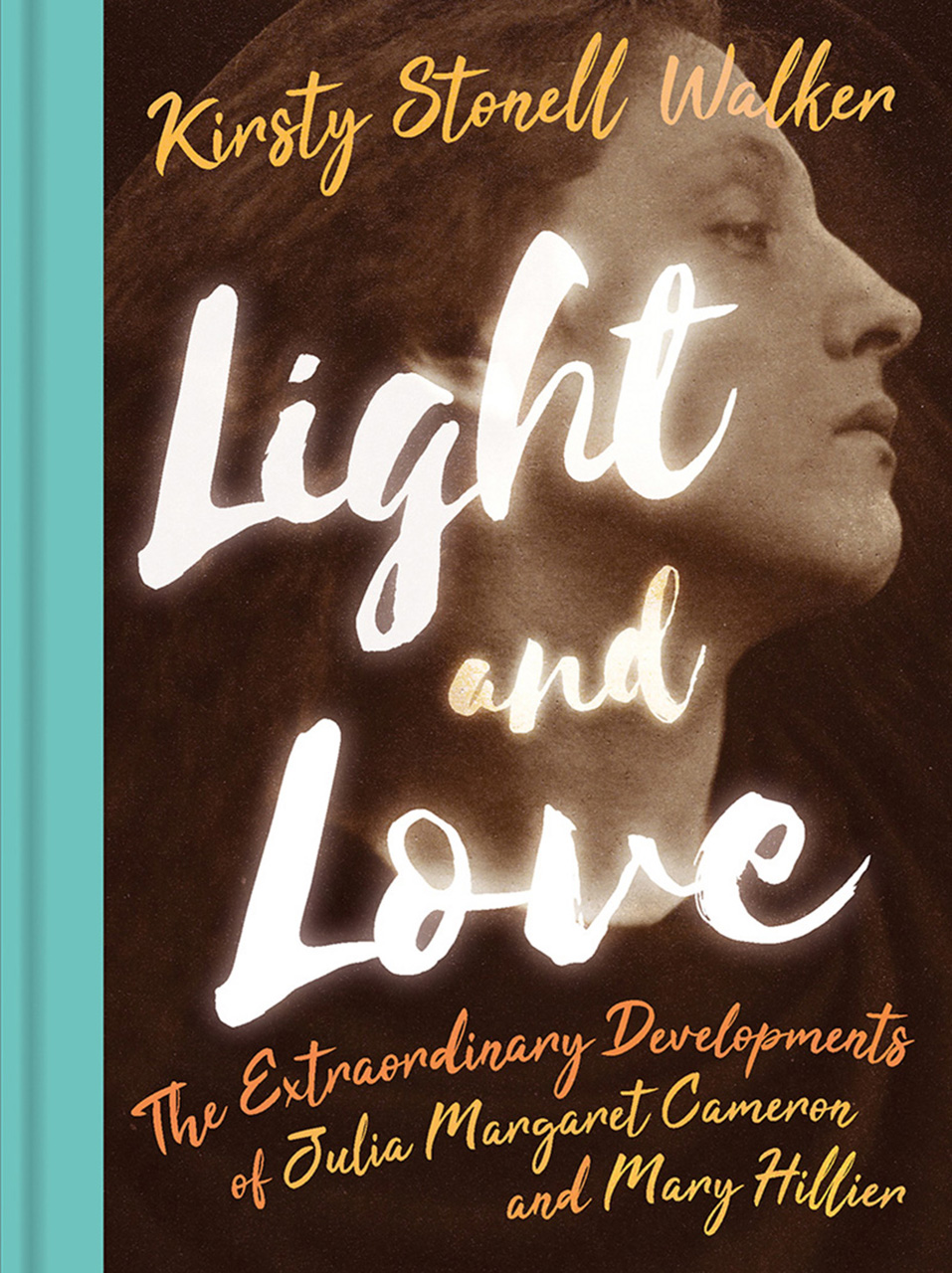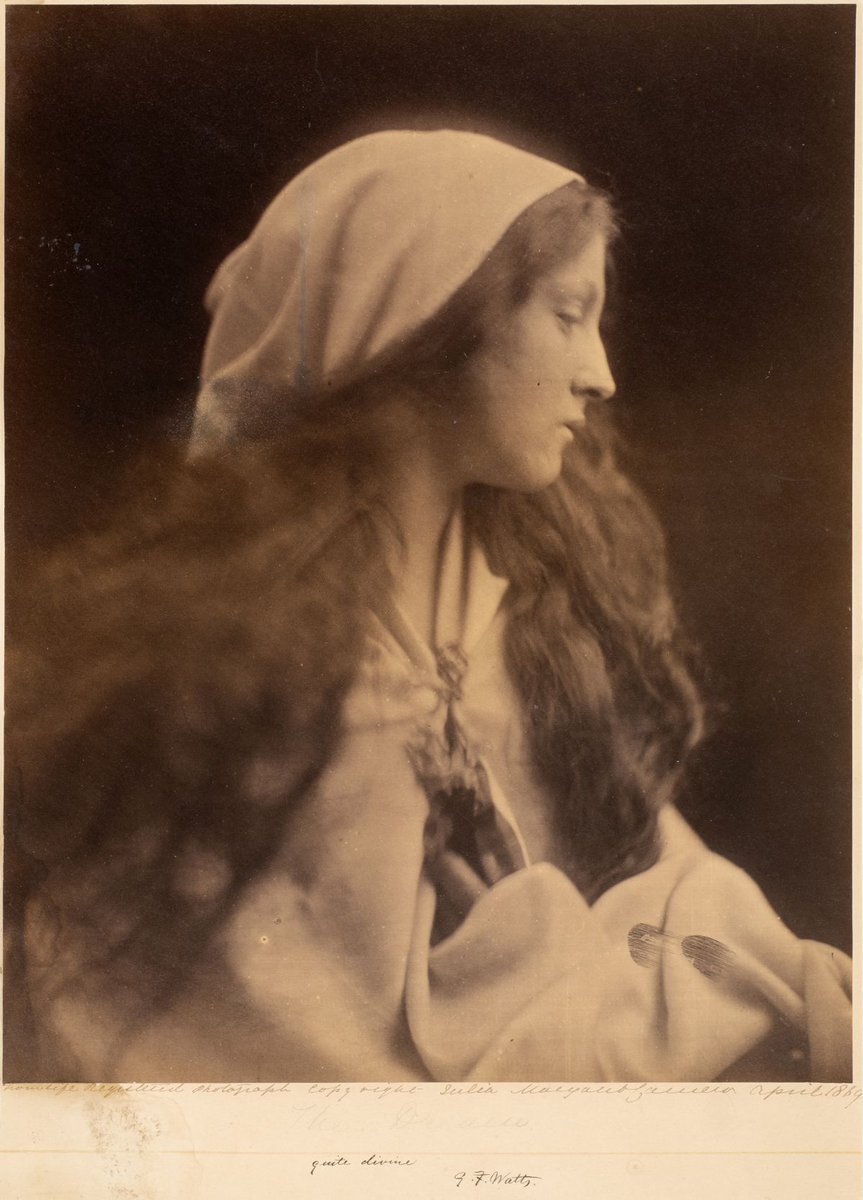As I await the publication of my new book (on the 10th September, see this previous post for information) I have been admiring other photographers, like the tart I am, and I was struck by this photograph...
 |
| Veiled Profile (1900) Emile Joachim Constant Puyo |
...which reminded me, for obvious reasons, of this photograph....
 |
| The Angel at the Sepulchre (1869-70) Julia Margaret Cameron |
I immediately wanted to know more about the creator of the first image, and what I found were some of the most incredible images which I will now share with you.
 |
| Montmartre (c.1906) |
(I have to admit this one has a definite perfume of Clementina Hawarden, but that might be the 'balconied-femininity' of it all, but I digress...)
Emile Joachim Constant Puyo, more commonly just referred to as Constant Puyo, or sometimes appallingly anglicized to 'Charles' Puyo (much as Jacques Tissot became 'James'), was born in 1857 in the north-western town of Morlaix in Brittany. He came from a rather distinguished, middle-class family; his father Edmond was a painter and amateur archaeologist, not to mention mayor of the town between 1871 and 1878 and founder of the town museum. His uncle Édouard Puyo was a designer and painter and his other uncle Édouard Corbière (I bet Christmas was fun in that house - 'Pass the sprouts Uncle Édouard, no, the other Uncle Édouard') was a maritime writer, author of Le Négrier (1832). My favourite of Puyo's relatives has to be Tristan Corbière, doomed poet and possessor of both consumption and a mighty fine mustache...
 |
| Tristan Corbière, moments before coughing and then tragically dying |
I went through a Baudelaire phase, so he's right up my street.
Anyway, Constant Puyo was a lot less tragically romantic and a lot more alive than his relatives. No doubt inspired by his father, young Constant loved to draw and paint, training at the local Polytechnic before joining the army. He served as an artillery officer in what one writer referred to as the 'revenge army' following the French defeat in the Franco-Prussian war of 1870-71. He rose to the rank of Commandant, and was in charge of a squadron at the School of Artillery at La Fère. All of this left very little time for sketching and Commandant Puyo went in search of a new medium, a quicker medium, in order to capture his images. He found photography.

Woman Drawing From a Bust (c.1900)
To start with, he photographed friends, family, street scenes, and when he was posted to North Africa, he took photographs of his travels, but all this seemed rather 'documentary' and pedestrian to him, not art. With his posting back to the General Staff in Paris in the late 1880s he began to work on a more pictorial, artistic manner of photography.
He helped form the French Salon of Photography in 1894 with his friend and collaborator Robert Demachy, with whom he wrote Notes sur la photographie artistique in 1896. He not only took photographs, using optical blurring via 'artists' lenses' and the development of gum bichromate and oil transfer, he also wrote at length and passionately on what could be achieved in this new mode of photography.
He was admitted to The Brotherhood of the Linked Ring in 1896, a British photographic society similarly dedicated to promoting the 'art' of photography. Strangely enough, I already knew about the Linked Ring because I am a fan of William Smedley-Aston...
 |
| Mrs Patrick Campbell reading the Kelmscott Chaucer (1904) William Smedley-Aston |
...and I'm a massive fan of his gorgeous wife, artist and model Irene Smedley-Aston...
 |
| Irene Smedley-Aston (c.1900) William Smedley-Aston |
Good heavens! Anyway, I digress. Puyo is most known as a proponent of Pictorialism, where a seemingly naturalistic scene is manipulated to heightened effect. That way an image is created rather than simply recorded, much like any other work of 'traditional' art. I particularly like his use of light, in that sort of chiaroscura effect, which is very effective in works such as Mis-en-scene...
 |
| Mis-en-scene (c.1900) |
He used a combination of natural light and a magnesium flash to create very dramatic 'night' images that capture these alabaster women frozen in a moment of time, theatrically staged and immortalised.
 |
| Sacred Song (c.1915) |
He retired from the army in 1902 to devote himself to photography. However, the First World War brought him back into service and he found himself assigned to railway management as he headed towards his sixtieth birthday. By 1921, despite the fall in popularity of Pictorialism, Puyo found himself the President of the photographic French Salon in Paris until 1926, then he retired back to Morlaix. He continued to photograph, sending work to a exhibition in Chicago in the summer of 1933, entitled 'A Century of Progress'. He became ill shortly afterwards and died in the autumn of the same year. His grave can be found in the graveyard at Saint Martin des Champs, near Morlaix, beside Édouard and Tristan Corbière.
If you fancy seeing more of Constant Puyo's work, then, quite rightly, the museum in his home town has a wonderful collection. I'll see you on the ferry....




![Julia Margaret Cameron - Maud [Mary Hillier], 1875 | Flickr](https://live.staticflickr.com/5098/5478714874_dc6543a1d8_b.jpg)
.jpg)
.jpg)

